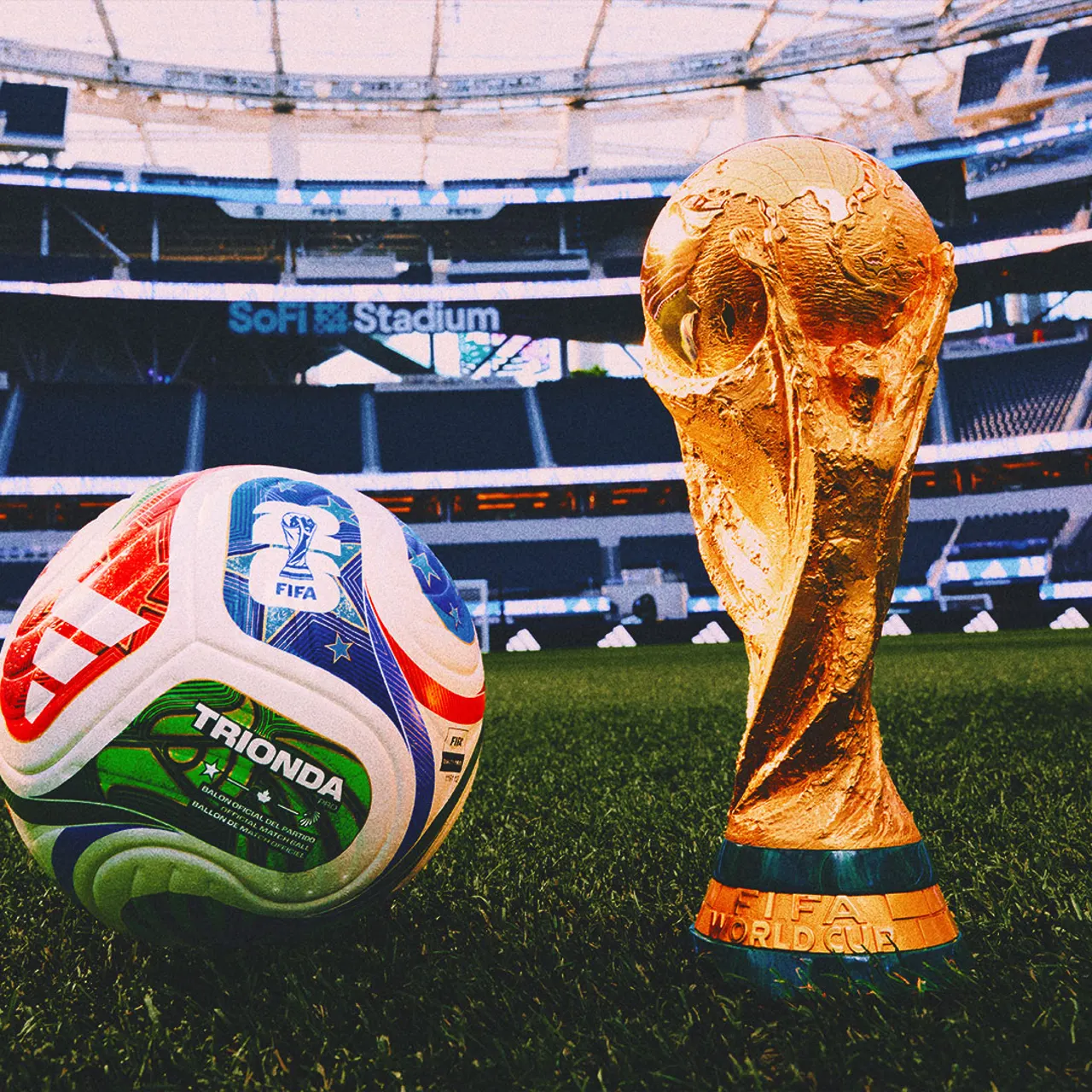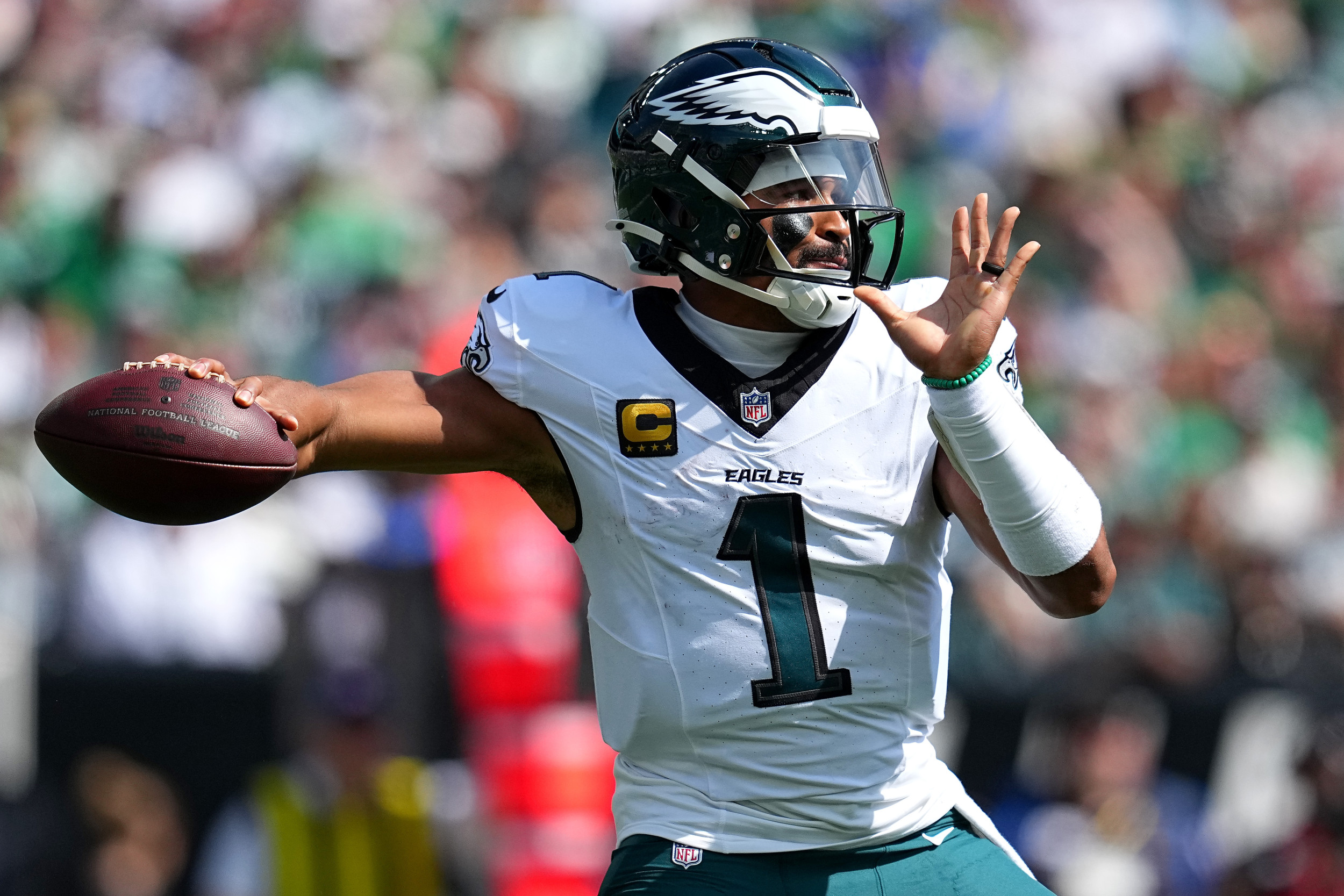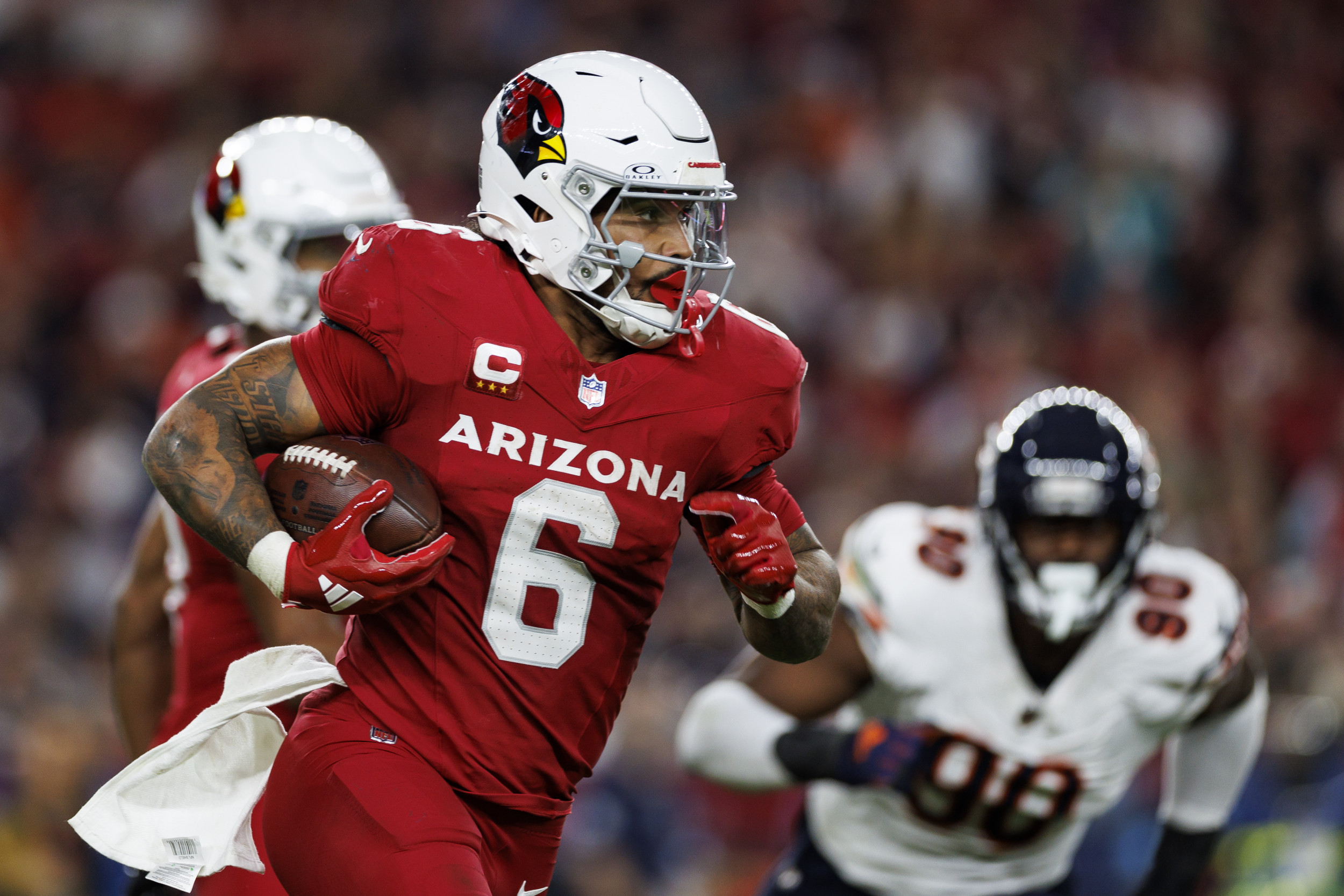
What ball will be used at Lamine Yamal’s first ever World Cup in 2026 while further solidifying Lionel Messi’s legendary status? When are we seeing the balón that will create next summer’s top moments at the 48-team tournament? The one that will eventually be used to score the game-winning goal in the final on July 19? It’s here. It’s TRIONDA. And there’s no shortage of details. The adidas FIFA World Cup 2026 official match ball was officially revealed on Thursday, which highlights and features the three nations – Canada, Mexico, and the U.S. – that will host the tournament next year. The TRIONDA name is an amalgamation of the term “tri-” (for the co-hosts) and the Spanish word onda, meaning wave or vibe. Now we have the full details on the ball that will be used at all 104 matches across the 16 host cities next summer. The name also follows the adidas tradition of naming the official World Cup balls, which the brand has been designing and supplying for each edition of the tournament since 1970. The company even teased Friday’s drop with a takeover of the Sphere in Las Vegas that included a quick rundown of prior balls. Ahead of Thursday’s reveal in New York, FOX Sports’ Doug McIntyre got a further look at some of the ball’s design features and technological aspects. Several details stick out. The colors on the ball’s panels (red, green, and blue) coincide with the three host nations, while being accented with gold to represent the FIFA World Cup trophy. The ball’s graphics also represent the three nations (a star for the U.S., an eagle for Mexico, and a maple leaf for Canada), which are used in embossed symbols across the surface. “Each arm is dedicated to each host nation and reunites in the middle of the ball in the form of a triangle, which showcases how they’re hosting the World Cup together,” said Solène Störmann, Global Category Director of Football Hardware for adidas. And while there’s lots going on with the outside of the ball, there are also plenty of interesting intricacies on the inside. The ball, composed of four panels, features a side-mounted motion sensor chip on the inside that will relay data to each game’s VAR and video match officials, aimed to assist in faster decisions, including offside and possible handballs. “We can track every event, every interaction the player has with the ball. Every location at any given moment is being tracked by a local positioning system,” said Hannes Schaefke, Football Innovation Lead for adidas. “So this sensor essentially sends a signal 500 times per second, to anchor points around the stadium, which is generally pretty cool.” The three other panels of the ball also serve as a counterbalance to the one that includes the chip. It is also a change in design to the 2022 World Cup ball used in Qatar, which had a suspension system in the middle for the chip. Want great stories delivered right to your inbox? Create or log in to your FOX Sports account and follow leagues, teams and players to receive a personalized newsletter daily!



